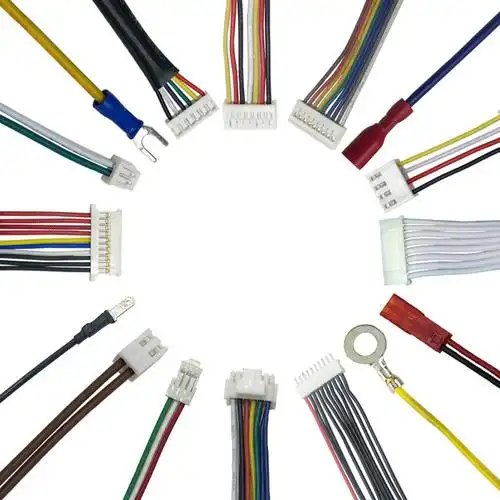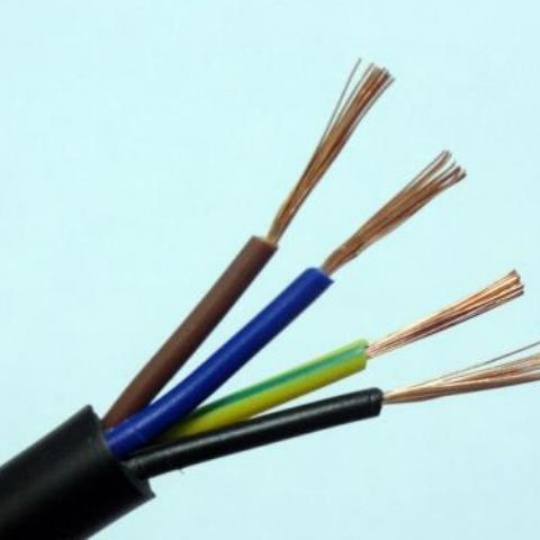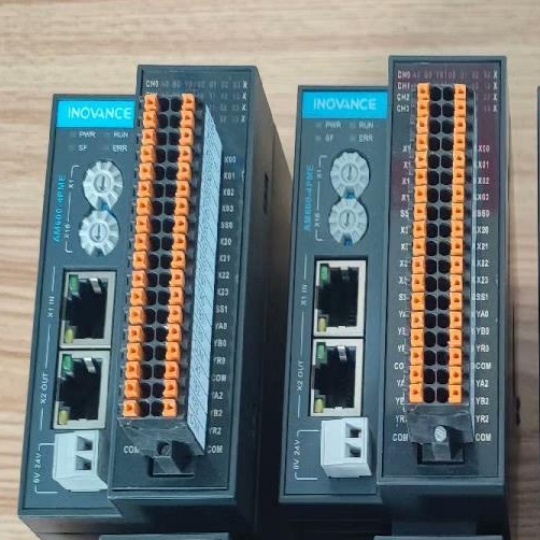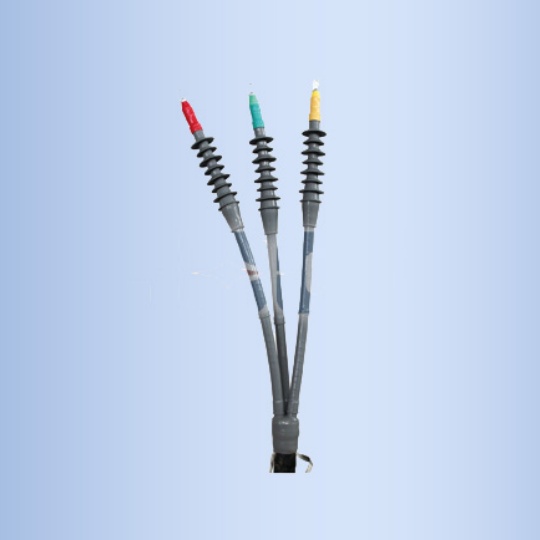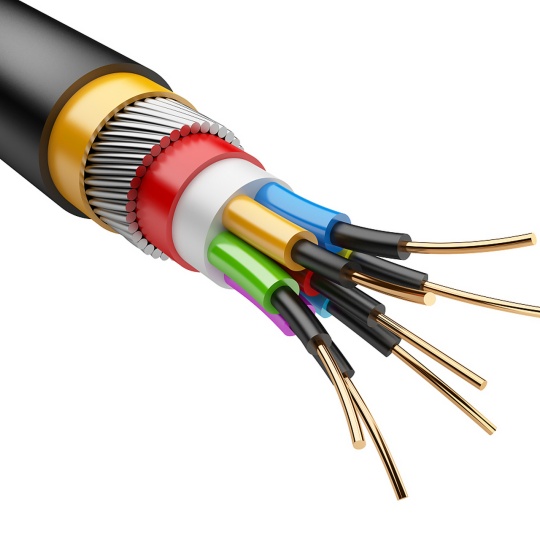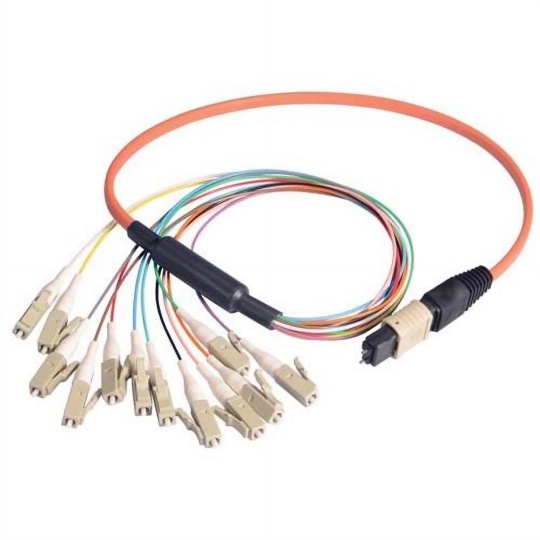Cable Market Poised for 12% Growth by 2026: Drivers, Trends, and Key ...
The global cable market is set to experience robust expansion, with projections indicating a 12% compound annual growth rate (CAGR) through 2026. This surge is driven by rising infrastructure investments, advancements in telecommunication technologies, and the accelerating shift toward renewable energy systems. In this article, we explore the factors fueling this growth, emerging industry trends, and opportunities for businesses in the evolving cable sector.
Key Drivers of Cable Market Expansion
1. Renewable Energy and Power Infrastructure Demands
Governments and corporations worldwide are prioritizing clean energy projects, such as offshore wind farms and solar power installations. This has created unprecedented demand for high-voltage cables and submarine power transmission systems. Emerging economies in Asia-Pacific and Africa are heavily investing in grid modernization, further propelling the need for durable, high-capacity cables.
2. Telecom and Data Revolution
The rollout of 5G networks, fiber-optic broadband expansion, and data center proliferation are reshaping the telecom cable market. Fiber optic cables alone are expected to account for over 30% of sector growth by 2026, driven by hyperscale data requirements and low-latency connectivity demands.
3. Urbanization and Smart City Initiatives
Rapid urbanization in developing nations and smart city projects in regions like Europe and North America are accelerating investments in underground cabling systems, EV charging infrastructure, and IoT-enabled solutions.
Regional Market Insights
- Asia-Pacific: Dominates the global cable market (40% share) due to infrastructure projects in China, India, and Southeast Asia.
- North America: Growth is driven by grid upgrades and telecom expansions, with the U.S. leading in submarine cable investments.
- Europe: Strict regulations for energy efficiency and renewable adoption are boosting demand for eco-friendly cables.
Emerging Trends Shaping the Industry
- Sustainable Cable Solutions: Manufacturers are prioritizing recyclable materials and low-carbon production methods.
- High-Temperature Superconducting (HTS) Cables: Gaining traction in energy transmission for reduced power losses.
- Smart Grid Integration: Cables with embedded sensors for real-time monitoring are becoming critical for modern utilities.
Challenges and Competitive Landscape
Volatility in raw material prices (e.g., copper, aluminum) and supply chain disruptions remain key hurdles. However, companies like Prysmian Group, Nexans, and Southwire are leveraging strategic partnerships and R&D investments to innovate and capture market share.


